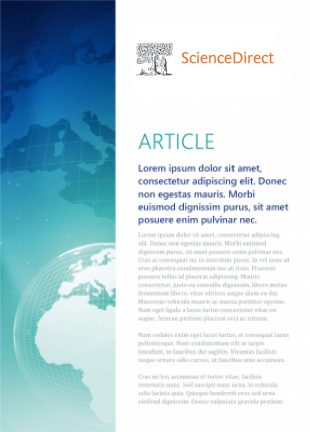Fromage, B. (2018). Annales Médico-Psychologiques, 176(2), 163-169. doi:10.1016/j.amp.2017.03.030
[Death in palliative care… and beyond?]
Résumé. Deux conceptions de la mort s’opposent : l’une fait de la mort la fin de la vie et ouvre au rien, pour l’autre la mort est un passage vers une autre vie, une transformation. Dans toutes les cultures, la mort est associée à un « après ». Ces deux imaginaires ont des conséquences sur la vie de chacun et revêtent dans le contexte des soins palliatifs une dimension particulière pour les malades comme pour les soignants. Cinq soignants en soins palliatifs passent un protocole qui favorise l’expression de l’expérience subjective en utilisant le thème de l’arbre afin d’évoquer la mort de manière analogique. La mort est très présente, répartie en deux thèmes, la mort–fin (64 %) et la mort–transformation (36 %). Deux protocoles montrent que la mort–fin est clairement identifiée, mais peut être combinée afin de contribuer au processus de transformation continuel à l’œuvre dans la vie. Cette perspective ouvre à un avenir sans lequel la vie ne peut s’établir.
[Abstract.
Objective. The services of palliative care have a function to ensure a life-comfort for patients who cannot be cured. The activity of these structures is based on the evolution of the body and ends when death occurs. The end of a person’s life corresponds to biological death. Future cannot be imagined, because there is nothing in a rationally conceptual vision of death. Death is the negation of life. However in every culture, imaginary of death has been developed. They all build a “beyond-death”. The concepts are generally carried by religions, which create a discourse and offer varied imaginary of postmortem life. Finally, one can say that there are two imaginary about death. One that affirms there is no “beyond-death” but an absolute end; the other that death is a passage towards a life, which continues in other forms. In a case death is an end, in the other it is a transformation. These two concepts have very different consequences for patients as for carers. This aim of this study is to locate which concepts of death are present for carers in palliative care and if transformation death is present, how it functions.
Patients, materials, method. Five volunteers, who are carers in palliative care, took the Test of the Three Trees, a method which helps to speak about death, in analogical ways by using drawings and stories with trees. The protocol has 12 stages divided into three phases. Death can thus appear in various manners.
Result. The topic of death is very present in the protocols. It is divided into two components: death as an end for 64% of the statements and death as a transformation for 36%. Two case studies illustrate the two conceptions. In phase II of the protocol, volunteers are asked to draw a tree of nightmare and a tree of dream and to tell their respective dreams. The drawings, which represent death as an end, show for one, a tree lying on the ground and for the other a cut tree. The theme is clearly identified. The tree tells the disaster of death, as opposed to the life. Death can be pictured and named. At stage 11, the person tells a dream which associates these two trees. In one case, the tree of nightmare is burnt but its ashes allow the tree of dream to have beautiful fruit, which are eaten by children. In the other case, the tree of nightmare is cut but its roots remain in the ground and they are used by the tree of dream. Thus the two trees representing death continue to live. In these two cases, the tree of nightmare, which symbolizes death as an end, is integrated in a process. Its life continues in another form: it is death as a transformation. The tree is a good mediation to approach a topic, which cannot be represented. Death as a transformation is not a final event, which stops a life, but a process, which contributes to the general process of life. Death and life are the two faces of a phenomenon, which must be thought like a process without an end.
Conclusion. Contrary to death as an end in relation with biological death, death as a transformation opens the possibility of a future according to a spontaneous movement present in the psyches. This alternative forms an important resource for carers confronted daily to death but also for patients. That gives a new perspective to the end-of-life and helps in professional practices. This alternative of death as a transformation makes one think that this trend corresponds to a natural movement of the psyche to always create a beyond. Perhaps, the space of beliefs and of religions extends this orientation?]
